Volcanoes stand as some of the most destructive and perilous natural phenomena in our history. Their impact on human lives has been felt not only across the annals of time but also persistently into the modern era.
Their capricious nature has molded the Earth’s terrain over ages, profoundly affecting the inhabitants in their proximity. Presented below are the ten most lethal documented instances of volcanic eruptions.
10 Mt. Galunggung, Java Indonesia
Date: 1882
Death toll: 4,011
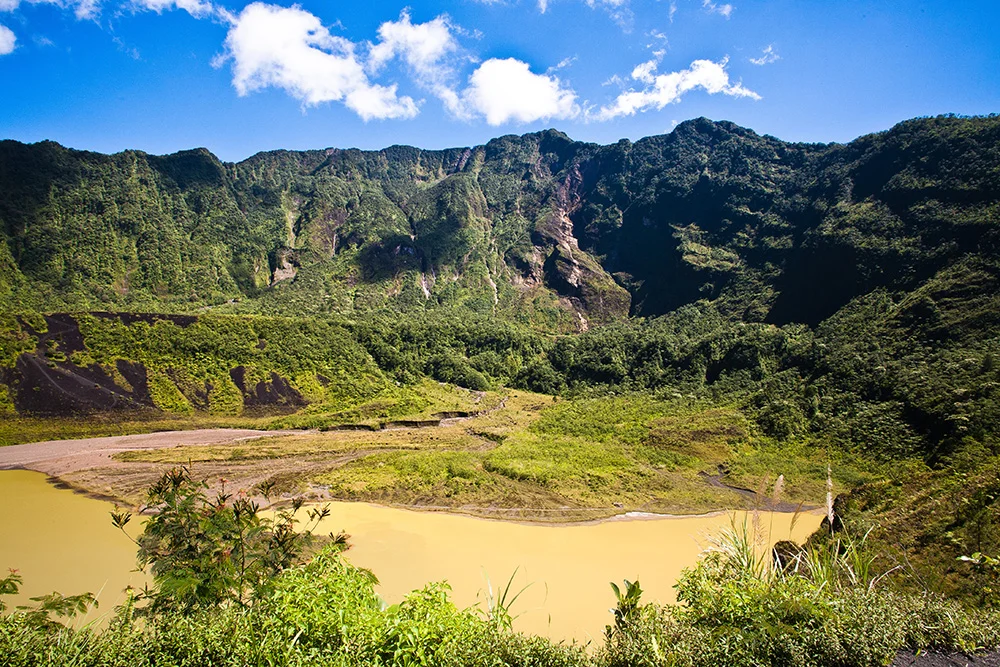
The Volcano erupted in October in 1882. As well as killing 4,011 people the eruption also destroyed 114 villages. Mt Galunggung is located on the Pacific Ring of Fire, a well-known collection of volcanoes along a horseshoe shape around the coasts of Asia and the west coasts of Central and South America. This particular eruption was a VEI (Volcanic Explosive Index) 5 volcanic eruption.
9 Mt. Kelut, Indonesia
Date: May 19th, 1919
Death toll: 5,110
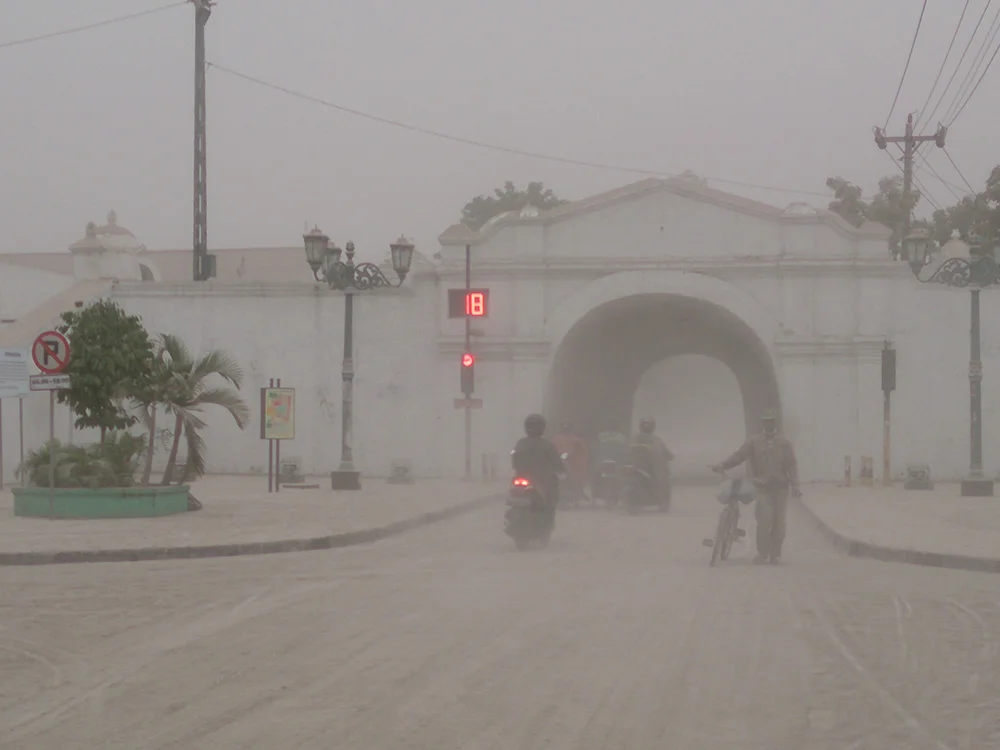
When Mt. Kelut erupted in 1919 over 100 villages were destroyed due to lethal lahars that traveled a distance for 40 kilometers. During this eruption 38 million cubic meters of water were ejected from the crater lake. The volcano has erupted on a large scale several times since 1919, including once in 1966 and again in 1990.
8 Mt, Vesuvius, Italy
Date: 1631
Death toll: 6,000
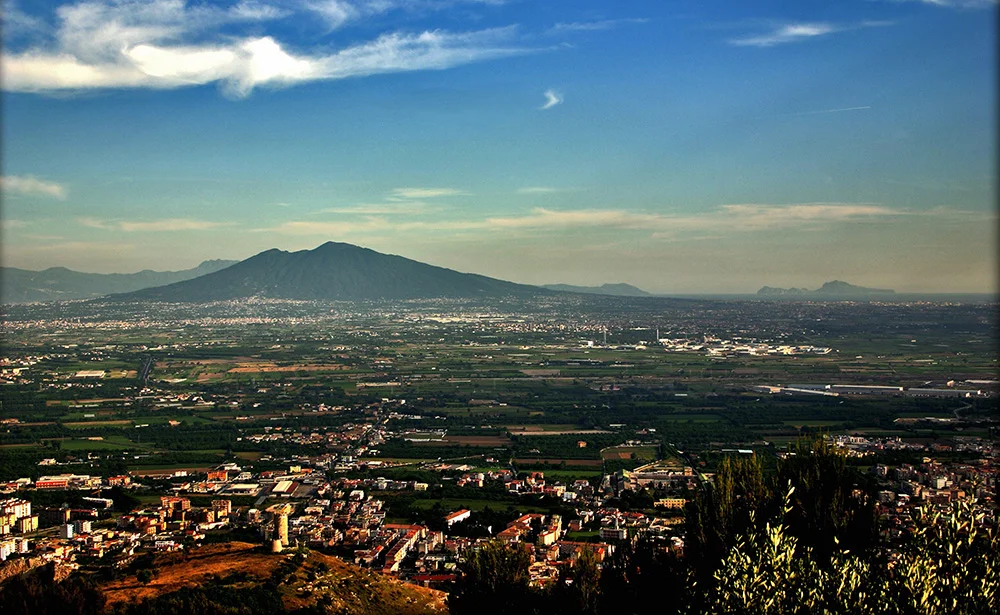
Since the famous eruption of 79 AD Mt. Vesuvius has erupted more than a dozen times. The Volcano unexpectedly erupted between the hours of 6 and 7am on 16th December 1631. During this eruption the surrounding area suffered from multiple earthquakes, large ash clouds, showers of rock and pumice and a river of lava flowing from the conical crater of the volcano. The eruption lasted several days and it was not until 19th December that rescue efforts were able to commence.
7 The Laki Volcanic System, Iceland
Date: June 8th 1783- 8th February 1784
Death toll: 9,350
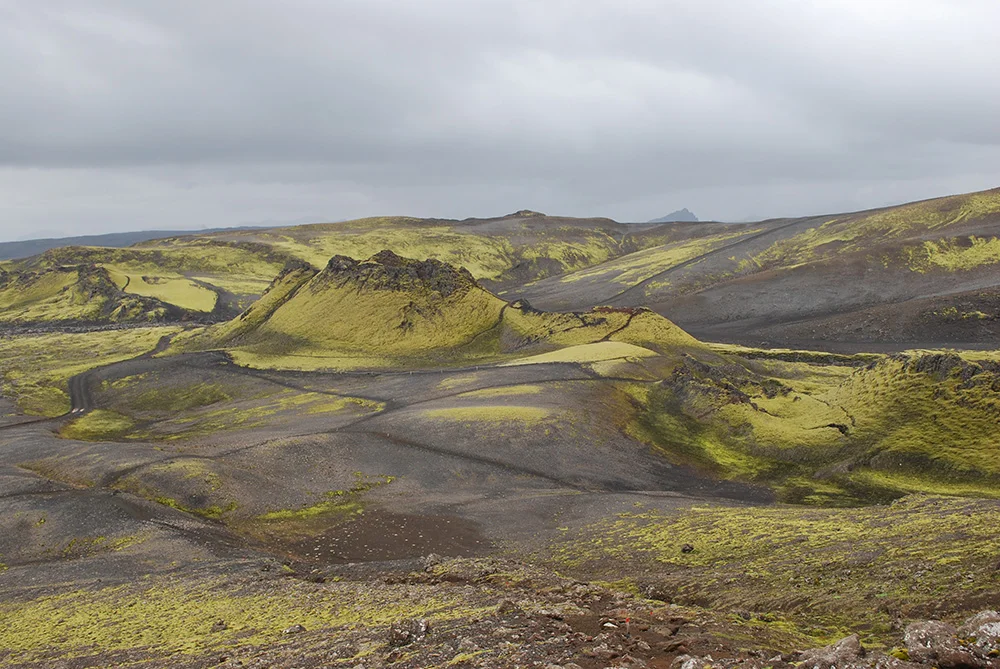
This eruption lasted a whopping eight months spewing a total of 14.7 cubic kilometers of lava and 27km of fissures. Despite the extremely high volume of volcanic material that was expelled from the volcano during this eruption, this was not the primary cause of the large death toll. It was in fact the deadly gas emission that was the killer. Large quantities of gas were released into the atmosphere consisting of water vapor, carbon dioxide, sulphur dioxide, hydrogen chloride and flouride. This ultimately created a cloud that remained over Iceland and proceeded to create acid rain, poisoning livestock and the soil.
6 Mt.Vesuvius, Italy
Date: August 24th AD 79
Death toll: 10,000+
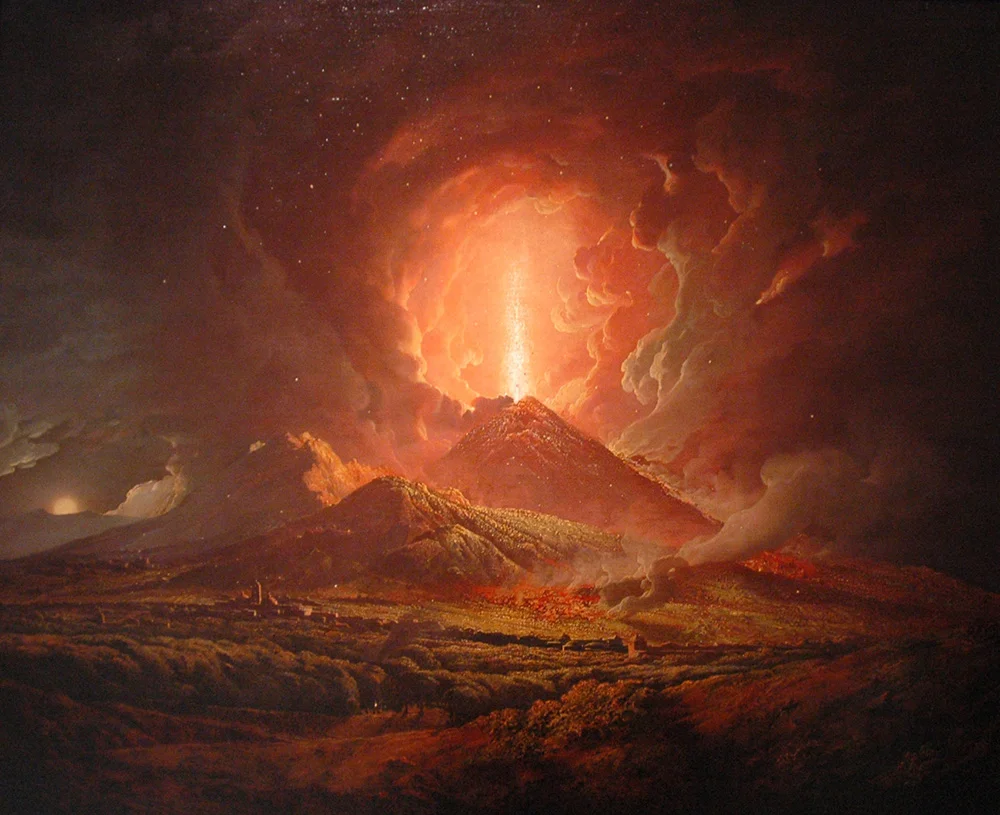
This is possibly one of the most famous volcanic eruptions in history and it is particularly infamous due to the burial of two Italian towns, Herculaneum and Pompeii. This eruption is so well documented due to the eyewitness account of Pliny the Younger. During this eruption Mt. Vesuvius expelled a deadly cloud of volcanic gas, stones, ash and fumes that rose to a tremendous height of 33km. The eruption lasted two days and the eruption was made even more tragic because of the fact that the unsuspecting residents of the Bay of Naples were unaware that they were living in the shadow of a deadly volcano.
5 Mt.Unzen, Japan
Date: 1792
Death toll: 12,000-15,000
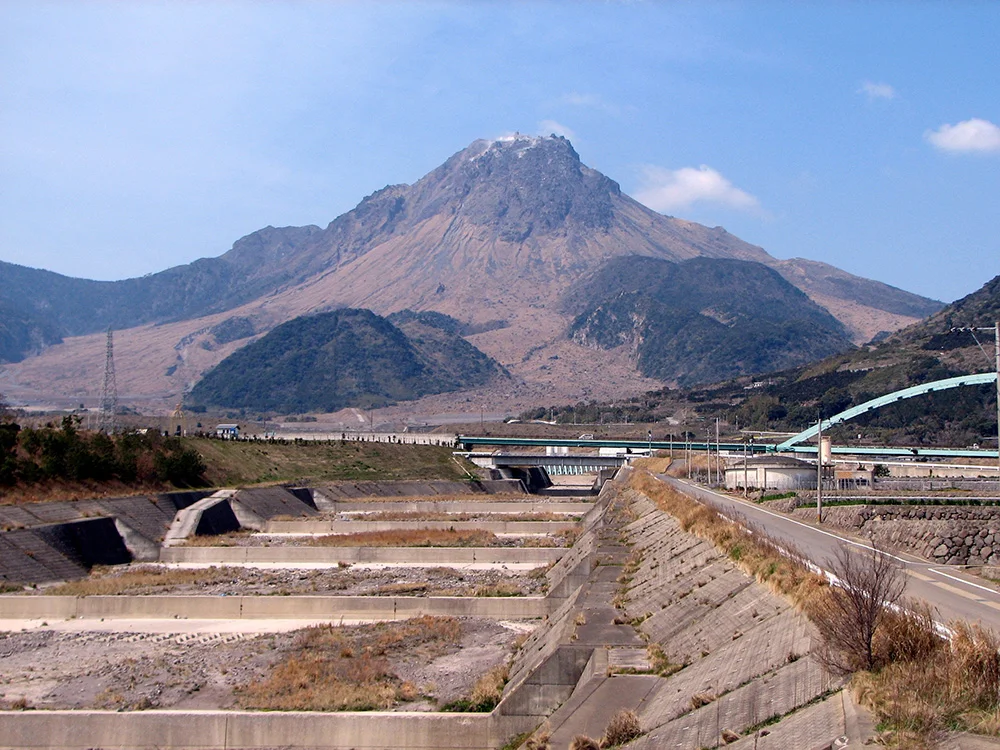
The eruption of Mt. Unzen in 1792 is the most catastrophic and deadly in all of Japan’s history. The initial eruption triggered a landslide and tsunami. Mt. Unzen consists of a group of composite volcanoes and they are located east of Nagasaki. It is said that most of the death toll was as a result of the landslide and tsunami; evidence of the devastating landslide can still be seen today.
4 Nevado del Ruiz, Columbia
Date: November 13th, 1985
Death toll: 23,000
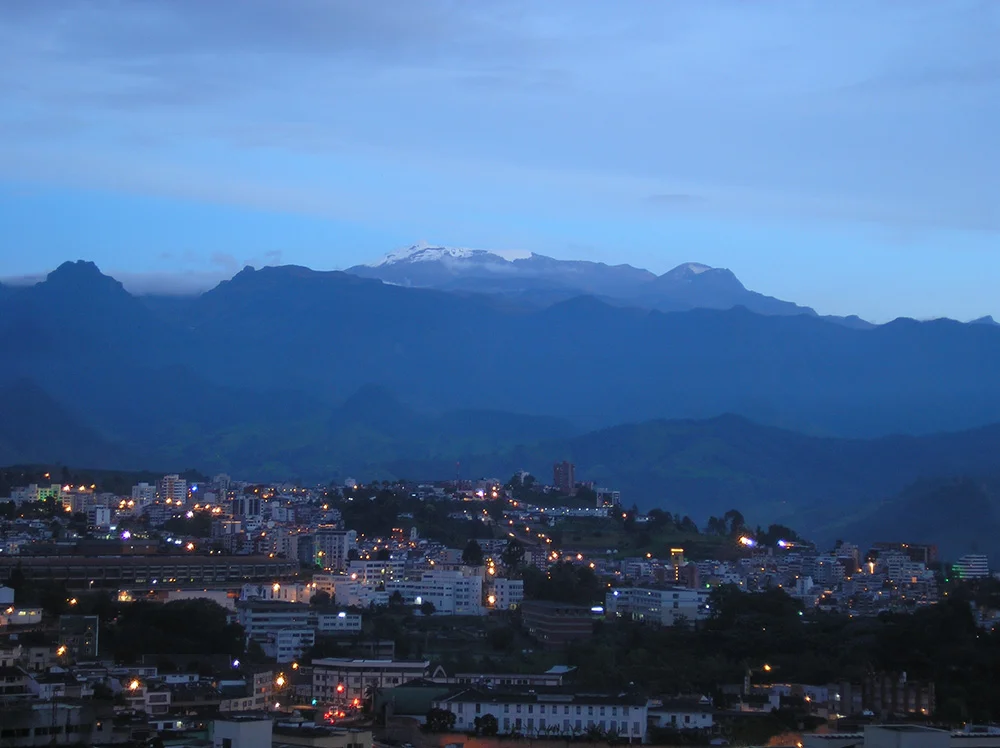
Despite being considered a medium sized eruption the volcanic event still had devastating consequences for the surrounding regions. The eruption commenced in the night and caused both cold and hot mudflows, which buried the town of Armero. After the eruption there were intense debates about responsibility as there were signs of an upcoming eruption including earthquakes. The Columbian government consequently created a program to prevent incidents of this nature in the future.
3 Mt. Krakatoa, Indonesia
Date: August 16th-28th 1883
Death toll: 36,000
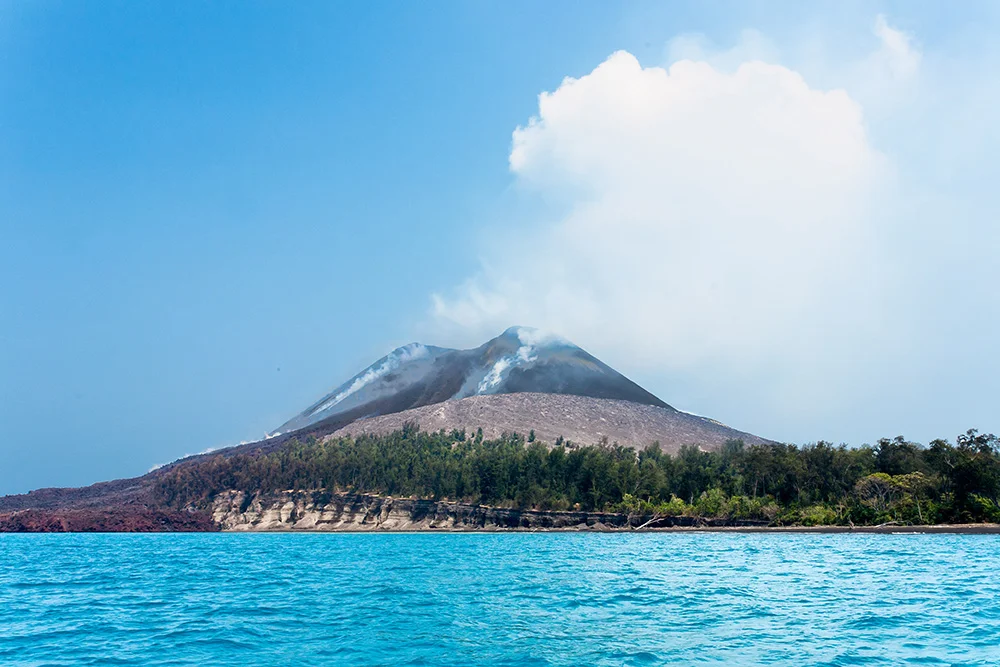
Due to this eruption a massive two thirds of Krakatoa actually collapsed, destroying a large proportion of the island. There were significant effects felt across the world, the sound of the explosion was so loud that it was heard in Australia and spectacular sunsets were experienced around the globe for months following the eruption.
2 Mt. Pelee, West Indies
Date: April 25th-May 8th, 1902
Death toll: 40,000

At the time of the eruption the volcano was thought to be dormant but a series of eruptions began in April 25th 1902, resulting in the final eruption on May 8th 1902. This final eruption was so destructive that is destroyed the city of St. Pierre. There were only two survivors.
1 Mt. Tambora, Indonesia
Date: April 10th -15th, 1816
Death toll: 92,000

As a result of this eruption the once tall volcano that stood at 13,000 feet was reduced to 9,000 feet. Also due to the destructive eruption, 1816 became known as the “year without summer” because the ash in the atmosphere reduced the temperature, this was felt worldwide, not just in Indonesia. Interestingly, it is thought that an additional 100,000 people may have died from crop failures as far as Europe and America due to the reduction in temperatures as a direct result of the eruption.
Header Image Credit : Shutterstock





